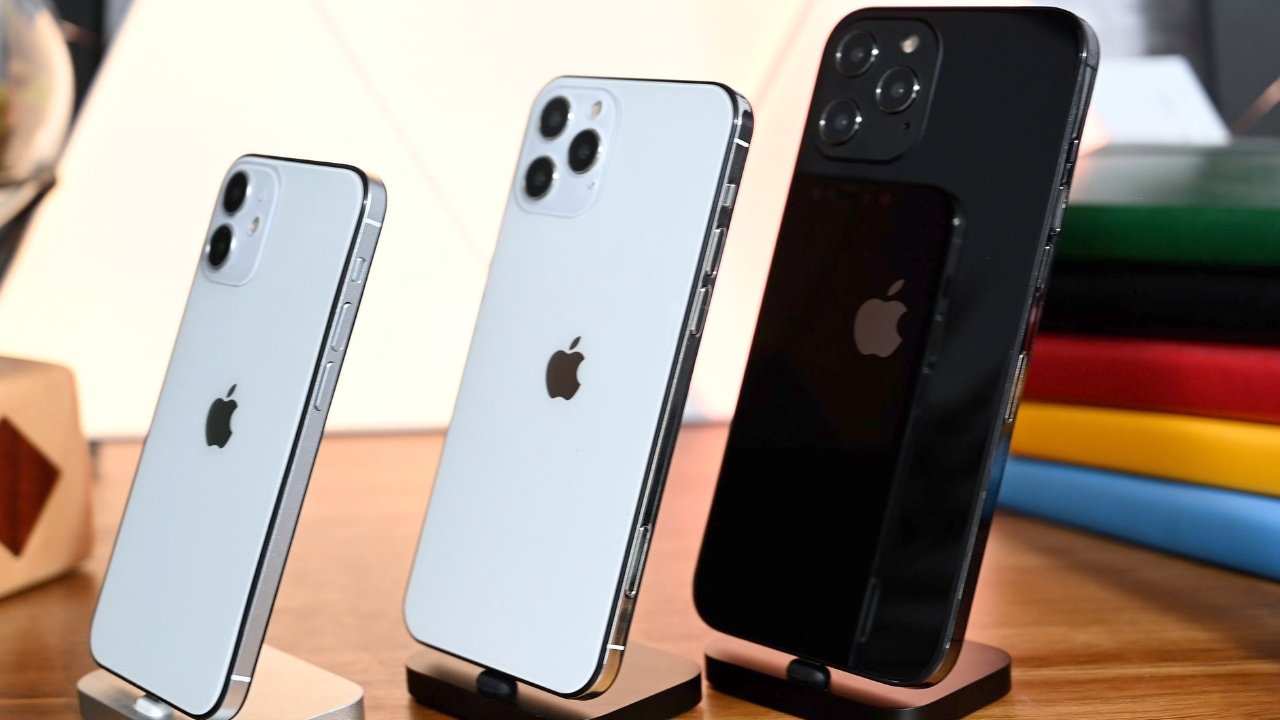I realize I did not explain myself fully, with the reply and the disagree I got.
To @STS-134 's point, that's not what I was talking about. But yes, if someone is using extra extension cords and external third party dongle adapter things to switch between different outlet types that don't match and are at different amp levels, then that's hokey, but might require turning down the amps in the car to get it right. But that's not what I was responding to.
I was addressing @LVMY2022 's situation, where he or she has a standard J1772 charging station plugging directly into the car. There's no third party nonsense and external mismatched adapters there. The J1772 protocol is supposed to communicate all of this properly and should not ever require babysitting or micromanaging of the amps to make it work right. And if that setup is drawing too much current and tripping the breaker, it's just not configured correctly for the circuit. So I used the word "never", meaning when directly using a standard J1772 plug. And I really don't get why @FlatSix911 disagreed with my pointing that out.
To @STS-134 's point, that's not what I was talking about. But yes, if someone is using extra extension cords and external third party dongle adapter things to switch between different outlet types that don't match and are at different amp levels, then that's hokey, but might require turning down the amps in the car to get it right. But that's not what I was responding to.
I was addressing @LVMY2022 's situation, where he or she has a standard J1772 charging station plugging directly into the car. There's no third party nonsense and external mismatched adapters there. The J1772 protocol is supposed to communicate all of this properly and should not ever require babysitting or micromanaging of the amps to make it work right. And if that setup is drawing too much current and tripping the breaker, it's just not configured correctly for the circuit. So I used the word "never", meaning when directly using a standard J1772 plug. And I really don't get why @FlatSix911 disagreed with my pointing that out.
Last edited:



